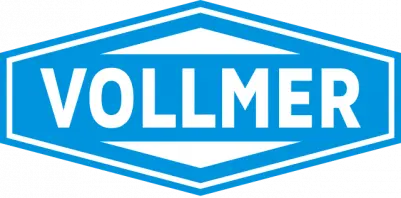A thickness gauge is a precision instrument used to measure the thickness of various materials, including metal strips, wires, plastics, and coatings. These gauges operate using different measurement principles, including contact-based and non-contact methods, depending on the application and required accuracy.
Types of Thickness Gauges
1. Contact Thickness Gauges
VBM (Vollmer Contact Gauge for Metal Strips)
- Utilizes transducers that contact both sides of the strip.
- Measures the thickness by calculating the difference between the upper and lower transducers' readings.
- Offers high accuracy, up to one micrometer per millimeter of strip thickness.
- Suitable for metal strips at high speeds .
VBK (Vollmer Contact Gauge for Metal Strips and Wires)
- Similar to VBM but includes optional width measurement for wires.
- Provides precise thickness readings even on oiled strips.
- Used for measuring thin and profiled wires .
2. Non-Contact Thickness Gauges
VTLG (Vollmer Laser Thickness Gauge)
- Uses laser sensors to measure the distance from the strip surface.
- Works by calculating the difference between two laser sensors positioned above and below the strip.
- Provides accurate, absolute measurements regardless of material alloy.
- Useful for high-speed rolling mills, where contact measurement may not be feasible .
Applications of Thickness Gauges
Thickness gauges are widely used in industrial processes such as:
- Steel and aluminum rolling mills – Ensuring precise thickness control in metal strips.
- Automotive industry – Quality control of metal sheets used in vehicle production.
- Electronics manufacturing – Measuring the thickness of thin foils and coatings.
- Wire and cable production – Ensuring the correct diameter of wires and cables.
Choosing the Right Thickness Gauge
When selecting a thickness gauge, consider:
- Material Type Some gauges are optimized for metal strips, while others work better with wires or coated materials.
- Accuracy Requirements – Laser-based gauges provide high accuracy without contact, while contact gauges offer reliable direct measurements.
- Operating Environment – Factors such as oil presence, speed, and temperature tolerance should be considered.
